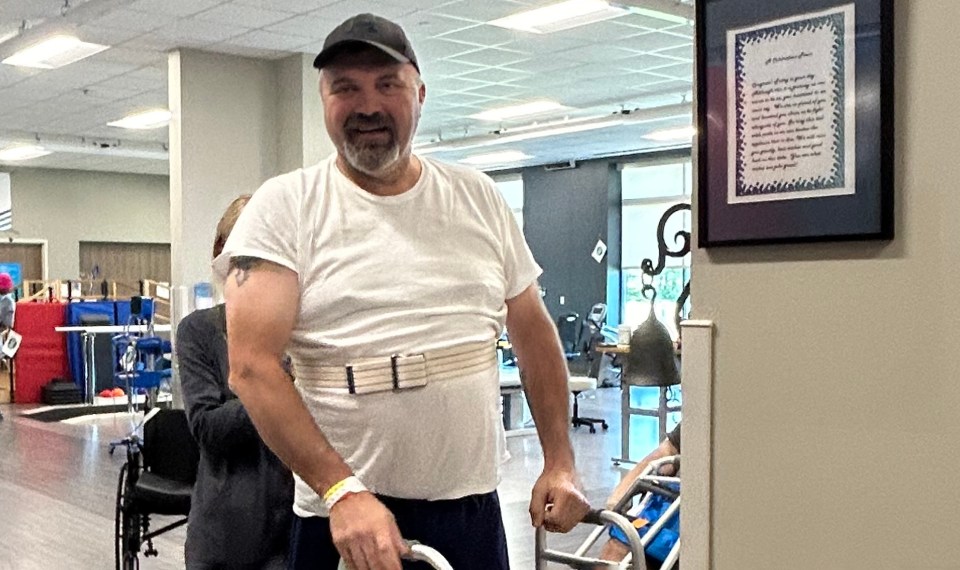Spatial neglect is a neurological condition that causes you to have a decreased or lack of awareness and response to stimuli on one side of your body. It is typically caused by a brain injury and is a common side effect of stroke.
This unawareness of what is happening on one side of your body makes it difficult to perform everyday activities and could put you at risk of physical injuries and accidents. If you have a loved one with spatial neglect, they might not be aware of it, which can be frustrating for you both. However, the right treatments and therapies can go a long way in managing this condition.
What Causes Spatial Neglect?
Spatial neglect occurs when there is damage to one side of the brain. The most common cause is stroke. If you have a right-sided stroke, the neglect will occur on the left side of the body and vice versa.
Other damage to the brain that could cause spatial neglect include:
- Aneurysms. An aneurysm occurs when an artery becomes weakened, causing an area along the artery wall to widen or bulge outward. If the artery ruptures, it is a medical emergency.
- Neurodegenerative disorders. In rare cases, conditions such as Alzheimer’s disease, Parkinson’s and Huntington’s disease can cause spatial neglect.
- Traumatic brain injury. Also known as a TBI, this occurs when an external force impacts the brain, such as a fall, car accident or gunshot wound.
- Tumors. In some instances, brain tumors can lead to spatial neglect and other cognitive disorders.
You and your loved one’s care team will rule out any other conditions that could present like spatial neglect, including other cognitive disorders such as dementia and delirium. Though it is caused by damage to the brain, spatial neglect is considered its own, separate diagnosis.
Signs, Symptoms and Risks
People with spatial neglect will not notice activities or objects on one side of their body. Telltale signs of the condition could include:
- Only eating the food on one side of their plate
- Dressing only one side of the body
- Reading only one side of a page
- Difficulty placing objects on a table or shelf
- Inability to find objects placed on the affected side of their body
- Bumping into things on one side of the body
- Trouble understanding space and distance
- Appearing to be stuck in one direction or walking in circles
- An abnormal seated position, leaning toward one side
These signs and symptoms could put the individual at an increased risk of a fall or other physical injuries. They may not react to or feel pain should it occur on their affected side. Most people with spatial neglect have a decreased awareness of their deficit, which increases the burden of care and could affect their ability to return home and live independently.
Treatment and Recovery
Inpatient rehabilitation—where a team of physicians, nurses and occupational, physical and speech therapists work with you—can help retrain your brain to be more aware of the affected side of the body. The interdisciplinary approach is crucial for recovery.
The goal of your rehabilitation should be to use the affected side as much as possible. Repetition and intensity are key components of an inpatient rehabilitation program. In this setting, you will receive at least three hours of therapy a day, five days a week. Since it is a hospital level of care, you will also receive round-the-clock nursing care and frequent physician visits to manage your medical needs and chart your progress.
Your therapy could include vision therapy and prism adaptation, a technique where your therapist will have you repeat pointing in a specific direction wearing goggles or glasses with prism lenses. The prisms can help shift your vision in the direction of your affected side and improve spatial neglect over time.
While there is no cure for spatial neglect, most cases with therapy and time will resolve themselves, but others could have more lasting effects.
Stroke Rehabilitation
If you or a loved one are recovering from a stroke, find an Encompass Health location near you to see if inpatient rehabilitation is right for you.
Find a LocationThe content of this site is for informational purposes only and should not be taken as professional medical advice. Always seek the advice of your physician or other qualified healthcare provider with any questions you may have regarding any medical conditions or treatments.



